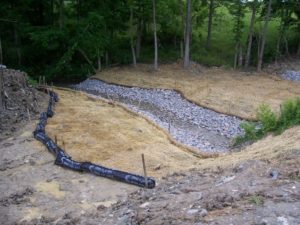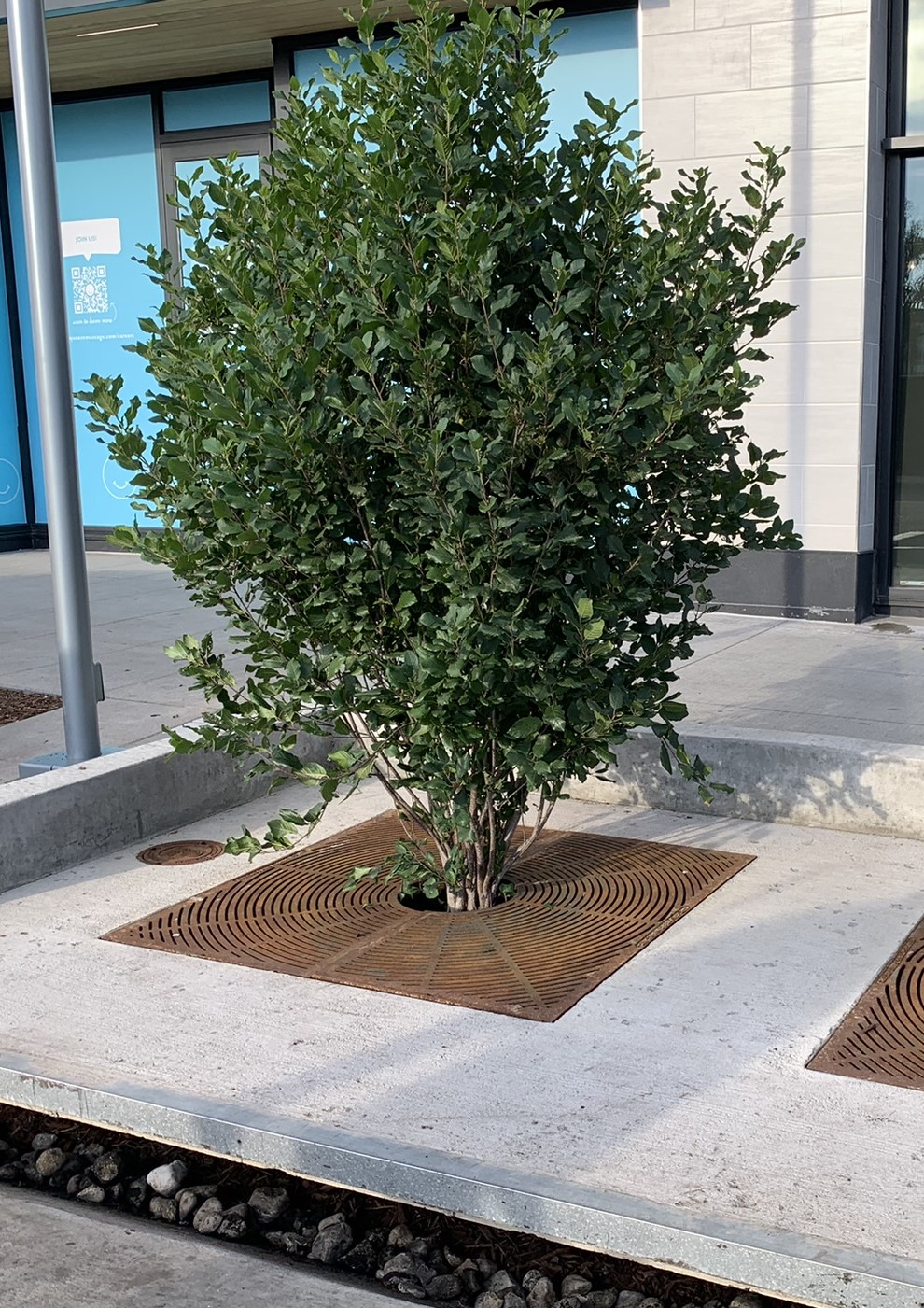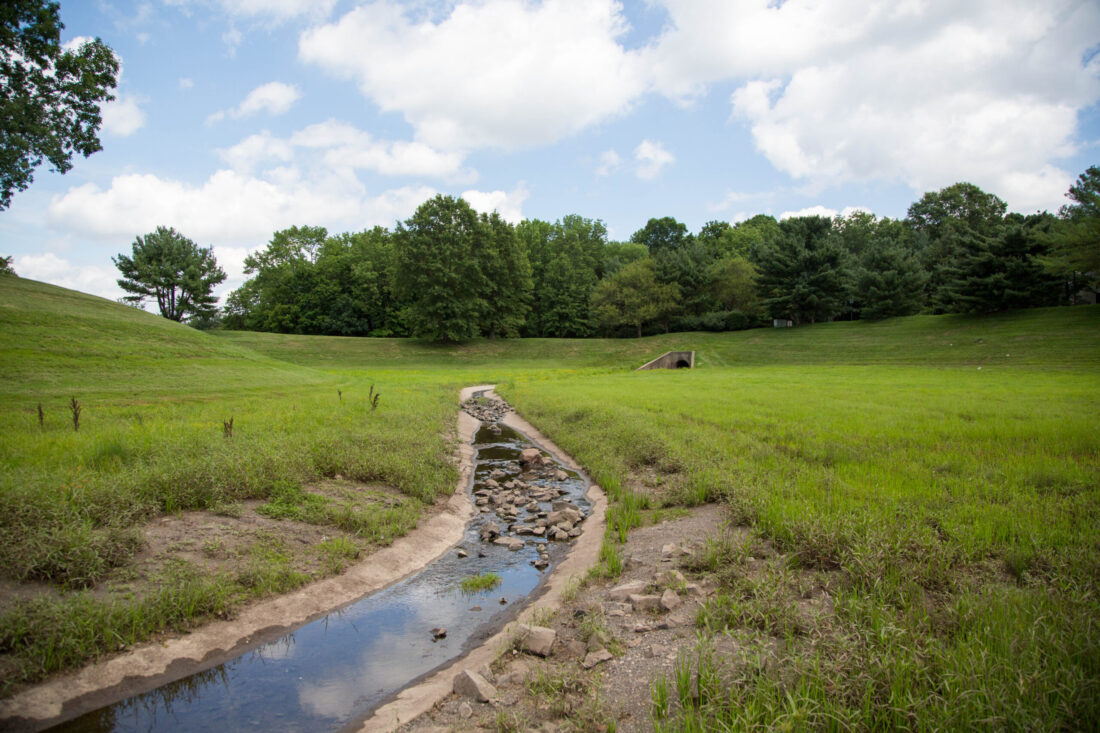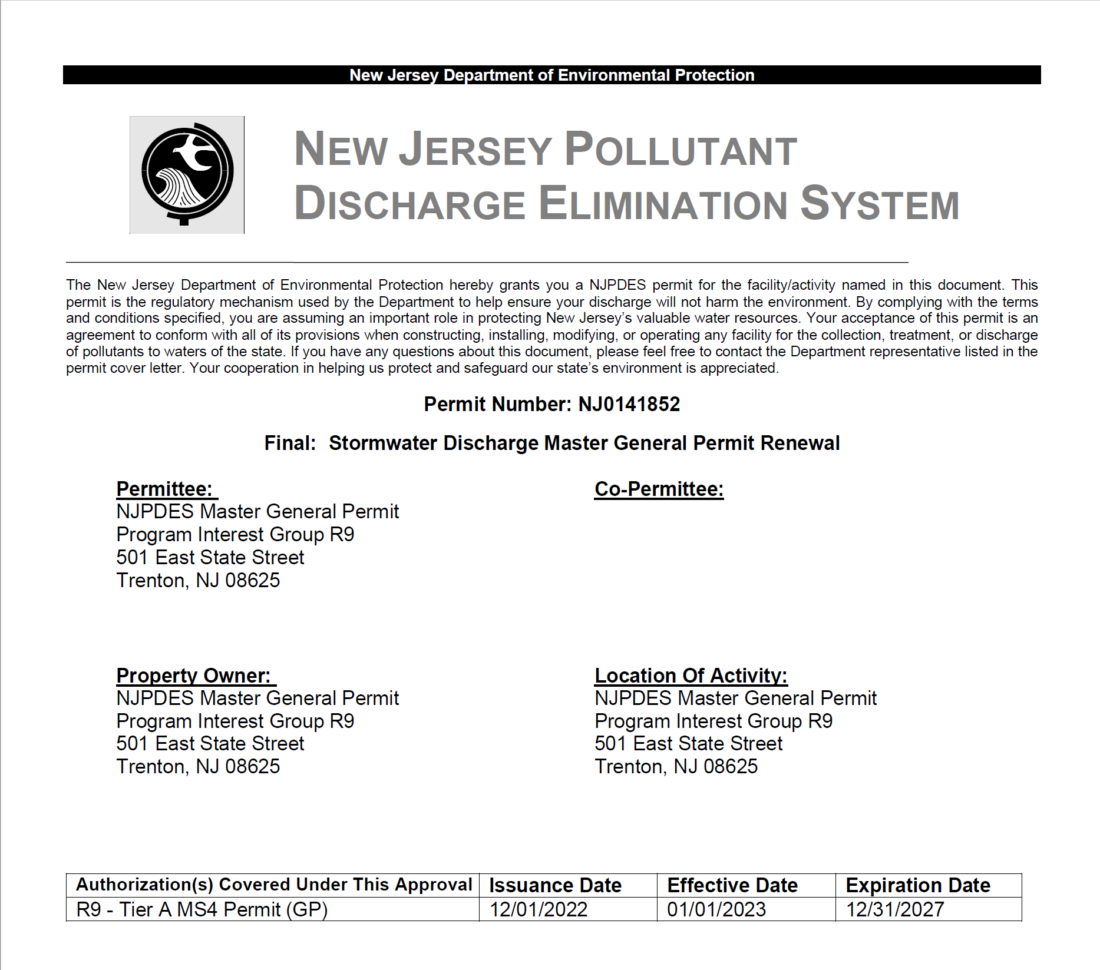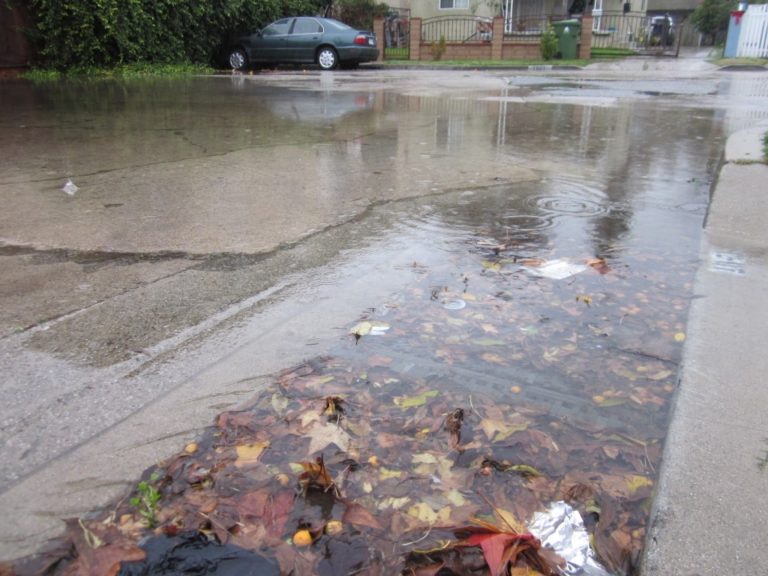
Pollution Parameters – What contributes to these 4 common pollution parameters in industrial stormwater pollution?
Chemical Oxygen Demand (COD)
If you’ve never heard of the pollution parameter “Chemical Oxygen Demand” or COD before, it can be a difficult concept to understand at first, especially with how it relates to industrial stormwater pollution. Visualizing the economic concept of supply and demand often helps. Oxygen is the product that all organisms depend on within the water column. When organic matter (think brown stuff) breaks down, it decreases the supply of (dissolved) oxygen for organisms to use. Chemical Oxygen Demand measures the amount of oxygen needed to decompose organic matter. So the more organic matter in a body of water, the higher the Chemical Oxygen Demand there is.
Organic matter includes a broad range of pollution parameters, so high COD in water means industrial stormwater pollution. Not all organisms are created equal when it comes to oxygen demand. Fish are typically the most sensitive to decreasing dissolved oxygen and often die when it dips below a low concentration. Macroinvertebrates (water insects) have such a ranged and dependable response to COD that you can actually estimate the COD of water based on which and how many macroinvertebrates are living in the water. There is greater biodiversity when COD is low.
Trash, use of antifreeze, and unswept foliage can all cause increased levels of Chemical Oxygen Demand. These are all very common stormwater inspection findings. Fortunately, there are fairly easy solutions to hinder this industrial stormwater pollution from entering stormwater (including trash removal). If antifreeze containers are stored outside – they need to be sealed, covered, and elevated. Eliminating foliage accumulation has the added advantage of keeping blocked stormwater drains from flooding the surrounding area (pictured below).
O&G – how does oil and grease affect the environment?
Oil & Grease is a pollution parameter that is hydrophobic, which means that it cannot dissolve into water. The common sources of oil and grease in stormwater are motor oil and fuel. So how does oil and grease affect the environment? Very low levels of oil and grease concentrations can be lethal for many aquatic organisms. Species that live in estuaries specifically have shown to be even more sensitive.
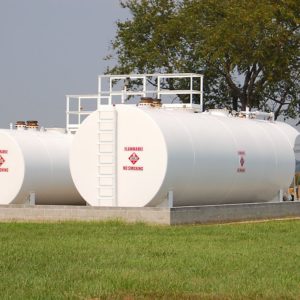
The most common cause for the pollution parameter oil & grease is employees not being trained in proper fueling techniques at the pump. Fuel stains often accumulate very easily over time. Another common cause of oil and grease industrial stormwater pollution is leaking vehicles. The lack of use of oil drip pans when automotive technicians/mechanics are maintaining vehicles can cause large pools of oil on the pavement.
Total Suspended Solids
Total Suspended Solids (TSS) is a pollution parameter that can include any solid floating in the water- whether it be soils, metals, or tiny bits of trash. It does not include any particulates smaller than 1.5 micrometers. High TSS reduces the ability of photosynthesis to occur in aquatic plants due to decreased sunlight which can kill them. Toxic pollutants can adhere to the surfaces of suspended solids and be transported with them in stormwater. High TSS also correlates with high amounts of microorganisms that if consumed by humans can cause many different kinds of diseases. It can even clog gills in aquatic organisms!
Construction is a common cause of high TSS with the source often being the erosion of unpaved areas. Erosion control measures like rip rap or berms (pictured below) minimize industrial stormwater pollution on unpaved areas and are often recommended during construction as they directly decrease TSS in stormwater runoff. Air emissions (particulates) from factories cause high TSS in stormwater through rain as well.
BTEX
BTEX is an acronym for a group of four common pollution parameters: Benzene, Toluene, Ethylbenzene, and Xylene. They have multiple sources and are very toxic. Coal burning, plastic and rubber production, agricultural chemicals, painting, vehicle exhaust, and gasoline/diesel evaporation can all contribute to a high BTEX concentration and result in industrial stormwater pollution. They are often “volatilized” into the air and condense into rain that becomes stormwater. BTEX can also enter stormwater through petroleum spills. They typically occur in very low concentrations, so they are undetected and untreated in many water treatment systems. Even low concentrations of BTEX can kill wildlife. BTEX often (not always) is correlated with Oil & Grease because they have similar sources, but BTEX has a wider variety of sources. Therefore, remedial actions for BTEX are similar to Oil & Grease. Using absorbent material is always best when responding to industrial spills that include these pollution parameters. Because of their toxicity, diluting these chemicals with more water will only make matters worse!
There are common benchmark concentrations for COD, Oil & Grease, TSS, and BTEX. If the concentration is measured higher than the limits, the responsible party governed by a stormwater permit will legally (under the Clean Water Act) have to find the source of the pollution and remediate it as soon as possible. All of these pollution parameters can cause health risks for humans if consumed. The higher the toxicity, the lower the concentration needs to be to start showing effects within both the environment and in humans over time.
Contact Us
Contact us if you need assistance with reducing your industrial stormwater pollution or visit our Stormwater Training and Permit Compliance Page to learn more about our services in Stormwater Compliance.


